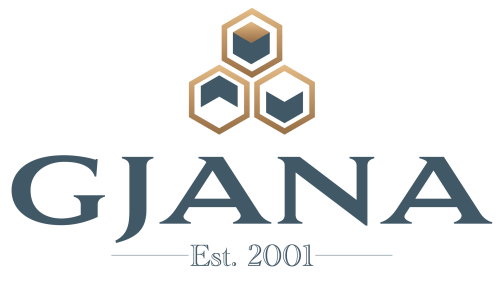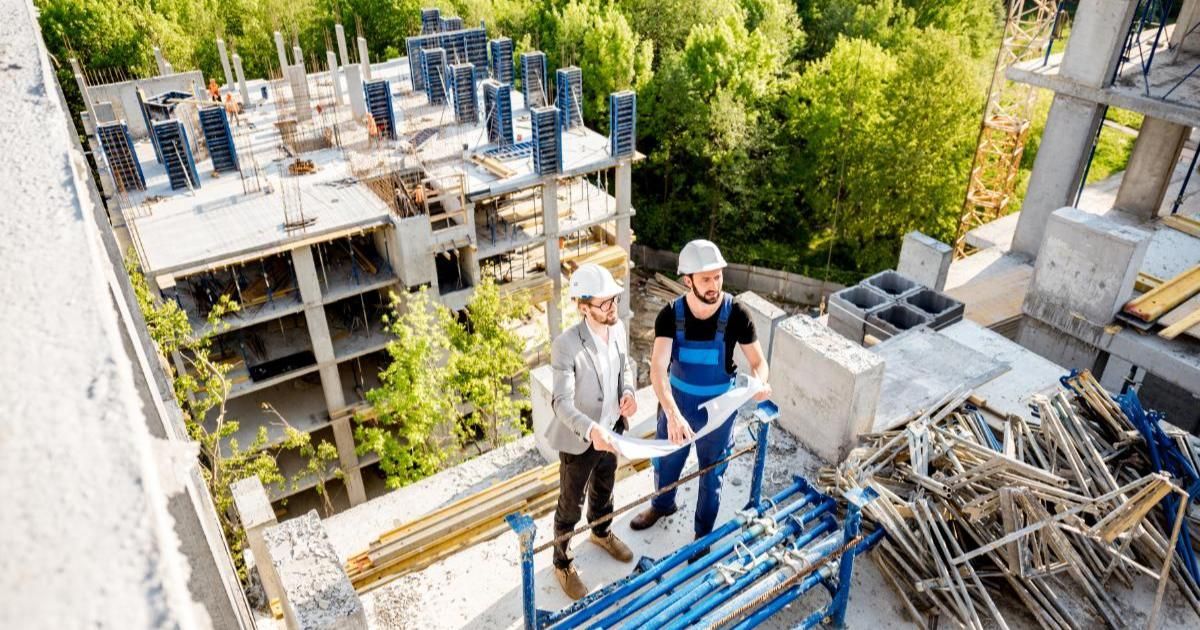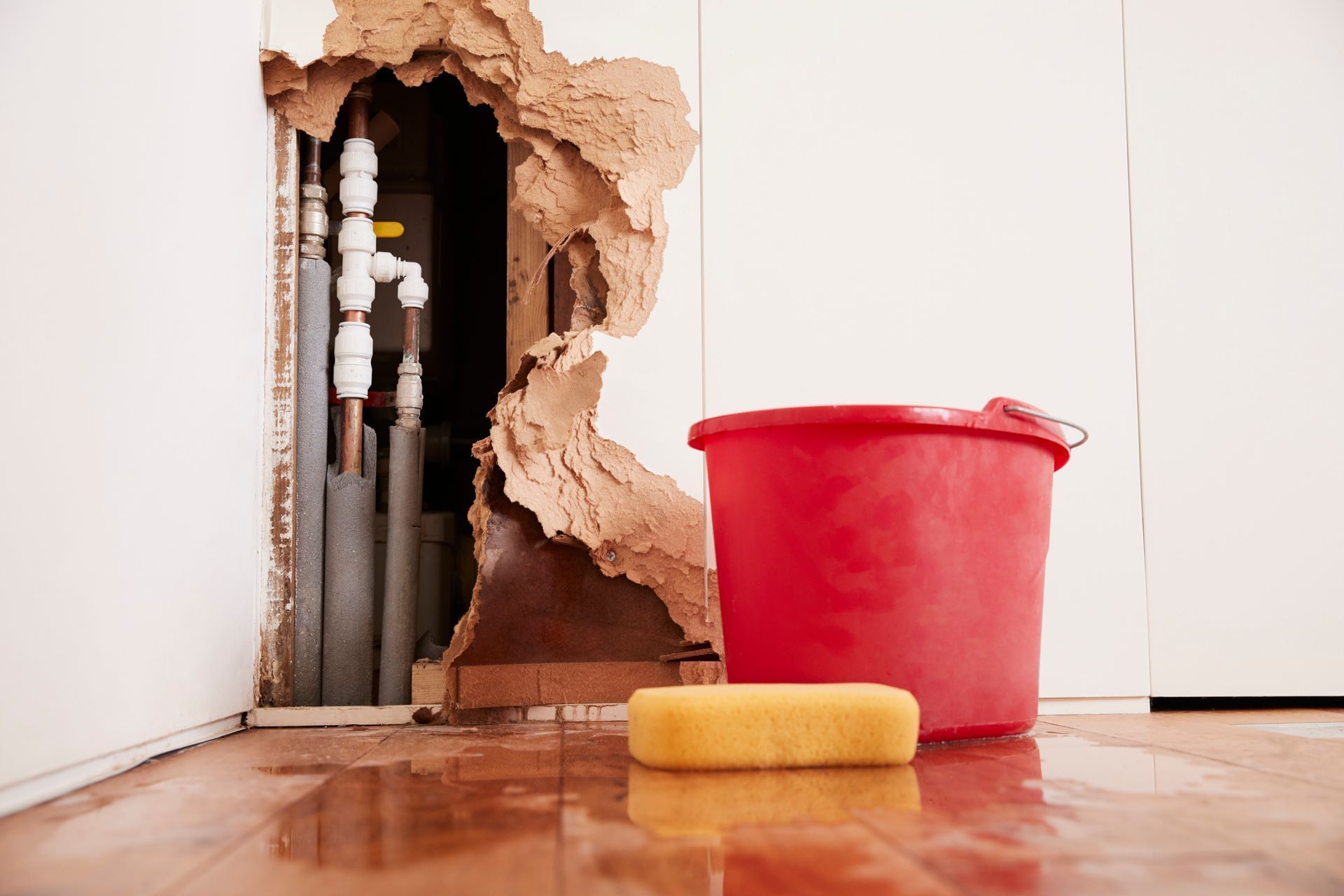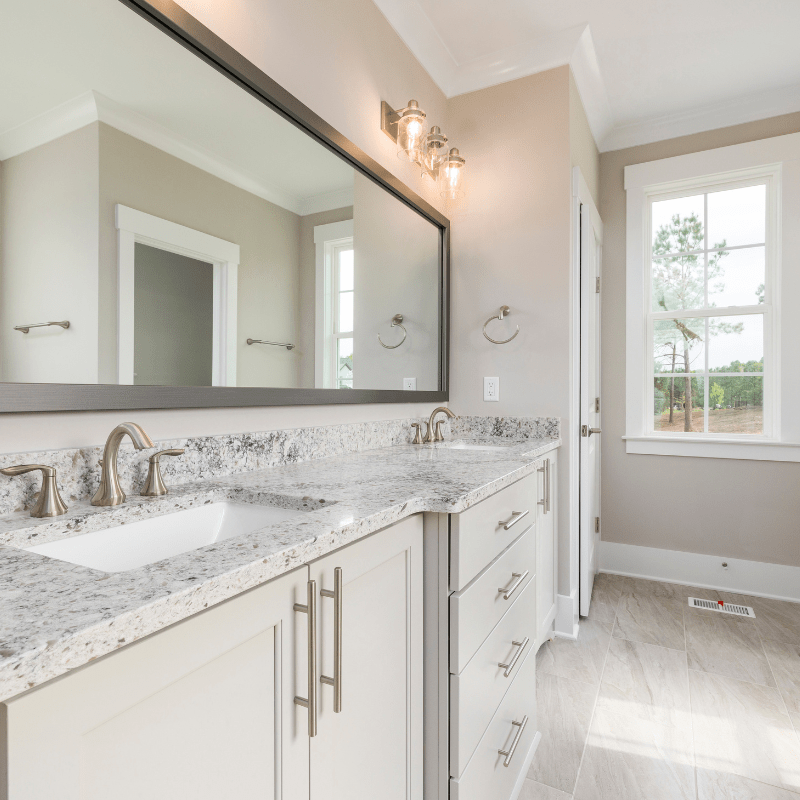When selling your home, first impressions count. From Scarsdale in Westchester County to Oyster Bay in Long Island, from Brooklyn to Queens, buyers will be attracted to homes that appear well-maintained and cared for. A healthy roof indicates a well-kept property, reducing the chances of unexpected repair costs after purchase. Buyers often appreciate sellers who have taken the time to ensure all aspects of the home, especially the roof, are in good condition.
A comprehensive roof inspection involves a thorough examination of both the exterior and interior aspects of your roof, providing a full picture of its current condition and potential issues.
On the exterior, the inspector will examine the roofing materials for signs of damage or wear. This includes checking for missing or broken shingles, which could expose the underlying roof structure to the elements and lead to leaks. Damaged flashing, which is used to prevent water from entering at joints or intersections, such as around chimneys or vent pipes, will also be identified. Missing or damaged flashing can result in water intrusion, leading to further damage to the roof structure and interior of the home.
In addition, the inspector will look for areas on the roof that are susceptible to leaks, such as valleys, where two roof slopes meet, or near roof penetrations like vents or skylights. These areas are often vulnerable to water penetration, especially if they are not properly sealed or if the sealing material has deteriorated over time.
The interior inspection of the roof involves evaluating the attic or the space directly beneath the roof. Here, the inspector will check the insulation to ensure it is adequate and properly installed. Poor insulation can lead to higher energy costs as heat can escape through the roof during the colder months and cool air during the hotter months.
Ventilation will also be evaluated, as proper roof ventilation prevents the buildup of heat and moisture that can lead to roof deterioration and damage. Poor ventilation can also contribute to conditions favorable to mold growth and reduce the lifespan of your roof.
The inspector will also look for signs of water damage or mold inside the roof structure. Stains, rot, or mold on the underside of the roof deck or on the attic side of the insulation can indicate a leak in the roof. Dampness or rust around vent pipes, valleys, or chimneys can also be a sign of water intrusion.
In essence, a comprehensive roof inspection is a crucial step that provides valuable insight into the health of your roof, identifying potential problems that could lead to significant damage if not addressed promptly. By gaining a clear understanding of your roof’s condition, you can make informed decisions about necessary repairs or improvements, which can ultimately contribute to preserving the value of your home.









